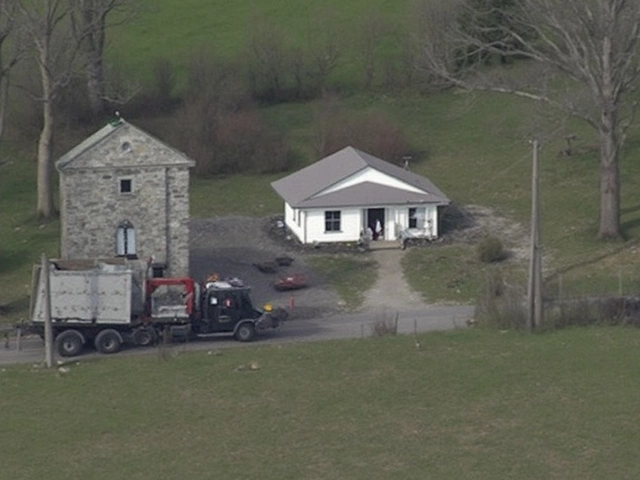Heart Attack: Spot the Signs, Prevent It, and Act Fast
A heart attack can feel scary, but knowing the basics makes a huge difference. It’s not just for older folks – anyone can be at risk if they ignore warning signs or unhealthy habits. Below we break down what a heart attack looks like, how to lower your chances, and the exact steps to take if it strikes.
What a Heart Attack Really Looks Like
Most people think a heart attack always feels like crushing chest pain, but that’s only part of the story. Common signs include:
- Pressure, tightness, or a squeezing feeling in the chest.
- Discomfort in the arms, back, neck, jaw, or stomach.
- Shortness of breath, even if you’re not doing anything hard.
- Cold sweat, nausea, or light‑headedness.
These symptoms can come on slowly or all at once. If you notice any of them, treat them as an emergency – even if you’re not sure.
How to Keep a Heart Attack From Happening
Most heart attacks are linked to lifestyle choices. Small, consistent changes can cut your risk dramatically:
- Eat smart. Fill half your plate with vegetables, choose whole grains, and limit processed foods high in salt and sugar.
- Move daily. Aim for at least 30 minutes of brisk walking, cycling, or any activity that gets your heart beating faster.
- Quit smoking. If you smoke, get help to stop. Even occasional vaping adds risk.
- Watch your weight. Extra pounds strain the heart. A modest loss of 5‑10% can improve blood pressure and cholesterol.
- Control stress. Deep breathing, short breaks, or hobbies can keep cortisol from spiking.
Regular check‑ups matter too. Blood pressure, cholesterol, and blood‑sugar levels are easy to test, and your doctor can guide you on medication if needed.
What to Do When a Heart Attack Happens
Time is the most important factor. Here’s a quick checklist:
- Call emergency services. Dial 999 (or 112) right away. Don’t try to drive yourself.
- Chew an aspirin. If you’re not allergic, a regular 300‑mg tablet can thin your blood and help keep the clot from growing.
- Stay calm and sit down. Keep moving as little as possible to reduce heart strain.
- Follow directions. The operator may guide you through CPR if the person loses consciousness.
Most hospitals can open a heart‑attack kit within minutes. The faster you get there, the better the chances of a full recovery.
Remember, the heart is a muscle that needs care just like any other part of your body. Spotting symptoms early, living a heart‑healthy lifestyle, and acting fast when trouble hits are the three pillars of staying safe. Keep this guide handy, share it with friends and family, and don’t wait for a scare to make a change.
Kieran Lockhart, Feb, 7 2023
Is squash a heart attack sport?
Squash is a high intensity, fast-paced and physically demanding sport, making it an ideal choice for those looking to get their heart rate up and improve their cardiovascular health. However, due to the intensity of the sport, it has some potential health risks, including an increased risk of heart attack. The article discusses the risks associated with squash and how to reduce them by taking steps to stay safe, such as warm-up exercises, proper equipment, and taking breaks as needed. It also offers advice to those considering taking up the sport, such as getting a checkup and listening to their body. Ultimately, squash can be a great way to get in shape and improve overall health, but should be approached with caution.
View More




